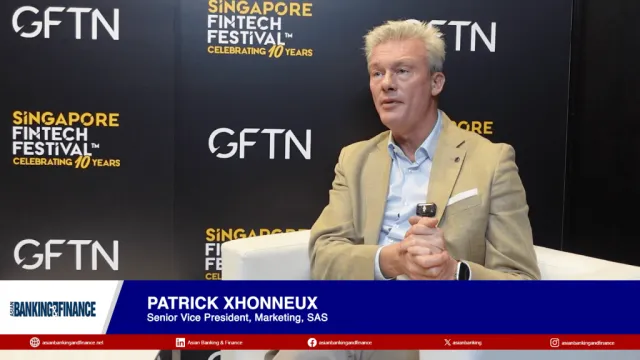
Banking on Change – Customer Focus
By Mark JansenThe recent upheaval in the financial markets has opened a window of opportunity for institutions to build leading operational and technology platforms. Banks will need to transform their business models, support structures along with their products, pricing, and delivery channels to succeed in the new environment while meeting the threats imposed by non-traditional competition and changing regulation. Critical to banks efforts will be a combination of customer centricity and streamlining end-to-end processes across products or silos.
Changing business climate
The global marketplace has never been so volatile. The financial crisis brought to light the inefficiencies and weaknesses in the banking business models and support structures.
We have seen a contraction in the number of banks due to attrition and consolidation, strained infrastructure with many core systems of more than 15 to 30 years old, product-service extensions where lines between accounts are blurred, demand management of client customisation is proving difficult to manage, while true unit costing of services and performance evaluation remains tricky for most competitors due to manual, fragmented processes and poor business and operating metrics, and so on.
Hence many banks have been forced to re-examine their investments in banking technologies and operations in order to succeed in the emerging competitive business landscape.
Early innovators to emerge as market leaders
Currently, investments are being made by several financial institutions in core banking and delivery channel applications to improve competitive positions and/or enter new international markets. In some cases, management are exploring cross-product operations such as merging operations and technology for common horizontal functions such as reconciliations, payments, and cash management.
In fact, deployment of new operating models and technologies is estimated to have reached more than 60 countries. Leading institutions in established markets such as the US, UK, Australia and Canada are beginning to adopt transformation models and technologies. While risks exist, early adopters stand to capture significant first-mover advantages.
Benefits of early adoption include:
- Higher customer retention and increased wallet share achieved by providing consistent services and cross-selling based on a complete customer record
- Increased revenue due to the flexibility and speed to define, design, and deliver new products to market
- Improved margins and profitability through operational process automation and consolidation
- Lower operational costs due to less complex and more flexible application and infrastructure architecture
Overcome the legacy of past investments
Senior executives are often reluctant to undertake large technology and operational improvement projects. Their reluctance is often based on their past experience with previous complex and costly technology implementations, which over time have not delivered projected benefits.
Nevertheless, the financial crisis has become the proverbial “straw that broke the camel’s back” – a new mentality is taking hold where there is a growing realisation amongst leaders that strategic and critical investments in banking technologies and could define their future survival and success. While large scale investment may not be required in all instances, what is needed is a pragmatic approach to how to maximise profitability which in turn is derived from providing customer value.
The single-most referenced lesson learned from PwC working with organisations that have successfully invested and achieved competitive advantages, is the need for an effective and efficient implementation effort.
In fact, the most successful programs begin with a strong communications plan, agreed-upon quantitative and qualitative metrics, and a strong project management organisation. Progress and realised benefits are monitored throughout for mid-course corrections. Costs are tracked and tied back to the specific initiative. Armed with this information, the transformation team is able to promote business case projections, becoming realised benefits demonstrated concretely to senior management.
Ultimately, bank executives need to manage their organisations through the current economic conditions without losing sight of the customer value proposition and the underlying need to have strong change management processes that monitor the realisation of benefits to the organisation and the customer.



















 Advertise
Advertise







